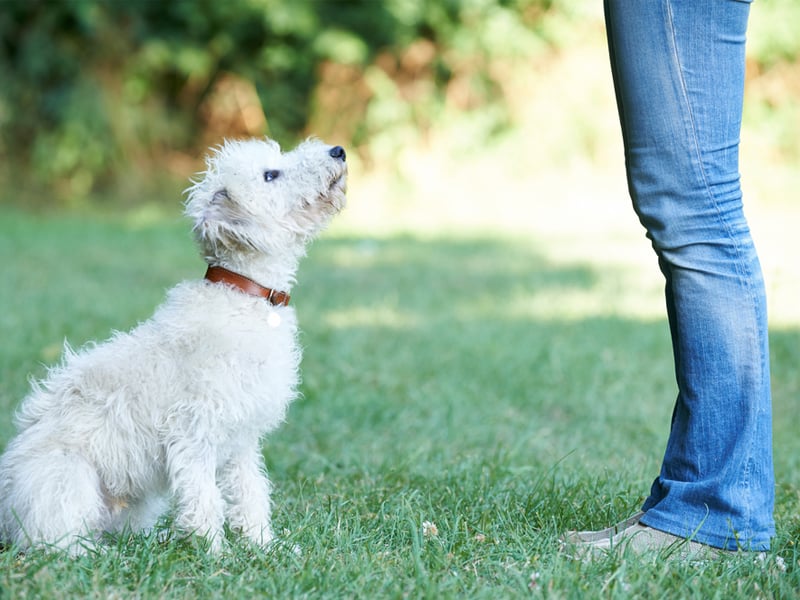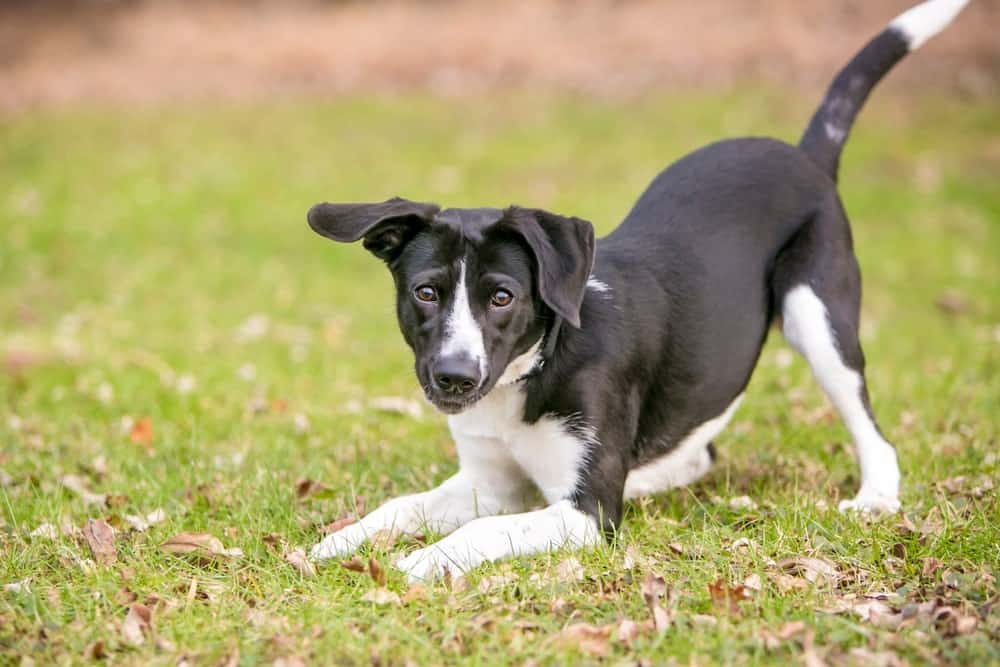“This post contains affiliate links, and I will be compensated if you make a purchase after clicking on my links.”
Whether you’re training a recently adopted puppy or a rescued adult dog, you’ll want to make sure she’s trained properly. This is easier said than done. Once you start the training process, it’s important to remain calm and patient with your dog. Remember, he is learning about you just as you are learning about him.
To help with the training process, we have compiled a list of 6 top training tips to guide you along the journey.

Choosing a Name
Your dog may or may not have a name already. If he doesn’t have a name yet, you’ll want to be careful in your choice (if he already has a name, it’s generally best you keep the name he has learned).
The training process can be strengthened by choosing a name that’s short with a strong consonant. This helps your dog understand his name as it sounds clearer when you’re calling him.
That will get you started.
Be Consistent with your Training
Consistency is also key. It ranks up there in importance along with patience (and love of course).
Consistency prevents confusion between you and your dog. Your dog will also build a better bond and be able to communicate with you better with consistency.
Before you pick him up, set some ground rules and build some type of routine. When is mealtime? What time do you go for a walk each day?
Reward Positive Behavior
Rewarding your dog for good behavior is known as positive reinforcement. This means if he comes to you when called, he is provided a ‘goodie.’ This creates an association between a certain behavior (the behavior you want him to have) and something he loves.
Treats are often used as positive reinforcement in the beginning of training. The use of treats slows down as training progresses and you may switch some treats out for a toy and/or praise.

Make sure you’re quick with the positive reinforcement, too. If you provide the treat more than a few seconds after your pooch has done what’s expected, he will have no idea what he did to earn it, or you may accidentally reward a behavior you weren’t meaning to.
If you are looking for the best tasting dog treat, we urge you to give Zignature a try. You can find it at a pet store near you.
Offer Privacy to Relax
Before coming home, or even if you haven’t already, you should find your dog an area that can be ‘his own space.’ Usually, this is a crate. Dogs view their crates as their ‘den.’ It’s their place to go when feeling anxious, overwhelmed, or simply needing some peace and quiet. It’s their safe place.
P.S.- Never use the crate as a form of punishment. This creates a negative connection between your dog and the crate. We want your dog to be comfortable with the crate (his safe space). We don’t want him to fear it or see it in any sort of negative light.
Learn Your Dog’s Language
Learning your dog’s language is critical to communicating with him. As you clearly know, dogs do not speak English (or any other human language). Dogs speak dog. Dogs can tell you how they are feeling and what they are doing by using their body language and vocalizations.
It’s important that you get to know your dog’s body language. A book or a guide can give you a generalized idea, but every dog is different in her or her own way and their individual way of communicating will vary (just as ours does as humans).

Plenty of Mental and Physical Exercise
One of the most common complaints from dog lovers is some sort of destructive behavior. Destructive behavior is most commonly caused by boredom is some fashion or another. The saying ‘a tired dog is a happy dog’ is completely true. Our dogs need a purpose. They need stimulation (both mental and physical). Grab some puzzles for her mind and don’t forget to go for a walk each day. Instead of a walk, you may also want to play fetch (or another game), or both!
Latasha Ball is the Marketing Coordinator for Pets Global, the founders of pet food brands Zignature, Essence Pet Foods and Fussie Cat. She has more than 10 years of experience in marketing and public relations in which she enjoys being able to combine her professional background with her passion for animals.


















